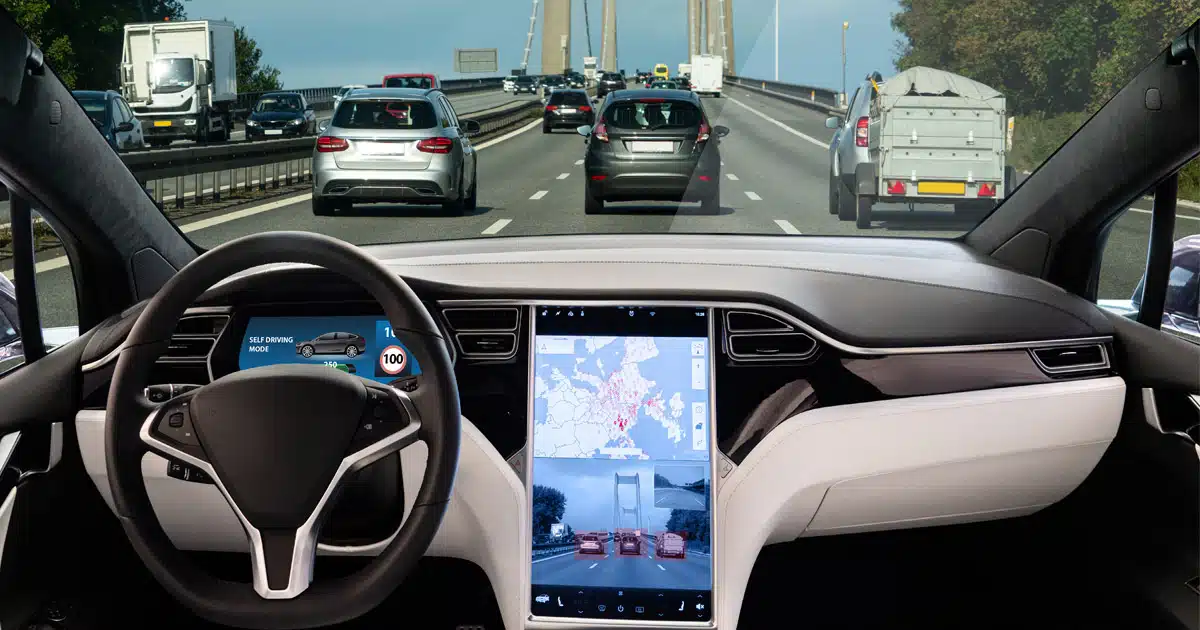To reduce emissions and preserve natural resources, automakers around the world are moving to all-electric vehicles. In 1997, Toyota brought electric technology to the masses with the production of the Prius, which is a hybrid, electric and gasoline type vehicle. The consumer has responded in droves; since 2016, sales of electric vehicles (EVs) have grown over 40 percent, perhaps even more in city-wide areas.
The increasing popularity of EVs present several benefits for both drivers and the environment. However, they do have a negative impact, particularly for pedestrians and bicyclists. Gasoline engines make a sound, and pedestrians and those outside of a vehicle use the combustion sounds of an engine to be alerted of the vehicle’s presence. With EVs and hybrids, there is essentially no sound, and if there is, it is drowned out by any ambient noise.
According to the National Highway Traffic Safety Administration (NHTSA), both hybrid and EVs are 37 percent more likely to cause a car accident with a pedestrian; with cyclists, it is 57 percent. Governments are now mandating automakers to help solve this increasing problem: to have EVs and hybrid cars produce an alarm tone or sound to warn pedestrians.
Of course, this is easier said than done. The noises heard in any city warning pedestrians a vehicle is traveling near them are primarily combustion engines and tire or brake noise. At low speeds, however, it is very difficult to hear any tire noise, which is heard more often when the vehicle is traveling faster than 30 mph. Finally, a gasoline vehicle will produce a wind noise at over 19 mph, but this noise is generally silent with an EV.
Furthermore, many pedestrians rely on their sense of vision and hearing to travel safely in an urban environment. However, studies have shown that it is more difficult for younger pedestrians to understand what is going on around them. Combine that with cellphone or headphone use, or if the pedestrian has a visual impairment, traveling in a city by foot becomes even more dangerous.
Other Electric Car Dangers
Electric cars can be dangerous for the drivers themselves. Many drivers use the sound of an engine to determine their speed. Without it, a driver will lack the sense of speed, making them speed up too quickly and lose control of the vehicle. Furthermore, even though EVs and hybrid vehicles are safer for the environment than gasoline cars, their production of electricity and battery usage is still harmful to the planet.
Automakers and Sound Production
Not only must automakers decide how or when to produce the alarm, but also they must decide what the warning should actually sound like. The U.S. government is requiring automakers to make the noise discernible from various distances at different speeds, giving the pedestrian enough time to react.
A study performed by researchers at Penn State University and Virginia Tech tested how well people can understand the EV sound. They were asked to press a button when they were able to determine an electric vehicle was traveling nearby. Although the artificial sound drastically improved the test subject’s ability to detect over no sound, regardless of distance, their detection never reached 100 percent. This means that sound alone is not the answer.
Furthermore, additional research has been made by third-party companies to help solve this issue. Through their research, one such company found that:
- The three most important aspects of an electric car sound would be to increase pedestrian safety, reduce noise pollution, and design the sound so that it is easily discernable for an electric car or even brand recognition.
- A sudden change in sound can communicate a warning, not just loud volumes.
- People interpret sounds differently from one another, and, internally, assess a dangerous situation differently as well. This means that people will need to be educated about what the sound means and how to react appropriately and safely.
- The best audio solution for automakers to implement are ones based on the senses, similar to parking aid sensors. This suggests outer sensors installed on a vehicle to consider a vehicle’s speed, direction, outer conditions, and how many pedestrians are in the area. With this information, the sound can adjust to provide the appropriate warning.
Many manufacturers have hired sound design technicians to help determine not only what an electric car should sound like, but also how to make it the alarm they need to advertise safety. These carmakers also discovered that the consumer may want to have their vehicle sound their own way. Additionally, for carmakers who span the globe, one warning sound in the United States may be different than other countries. Finally, manufacturers must be sure the sound they approve is highly detectable but also does not cause any noise pollution. Still, it is agreed that some type of sound should be implemented.
There are a few disadvantages to an acoustic alarm system. Experts believe that, if their EV is producing an audible warning for pedestrians, motorists will drive without acknowledging the pedestrians, transferring the responsibility to the pedestrian to stay safe. However, other experts believe that both the driver and pedestrian will adapt to the acoustic warning system the more it is implemented into our daily lives.
Another issue is electric cars in rural areas, and how to warn bicyclists or pedestrians if they rarely, if ever, see an electric car. Although they are popular, they are mostly not seen in rural or low-income areas. Carmakers must also consider how to educate these areas what the alarm is and make the sound more widespread and available.
Additionally, older hybrid and EVs, made before the federal mandates, do not have any type of acoustic warning system. Carmakers will also need to decide how to retrofit such a system to comply with federal regulations.
Finally, there have been other non-acoustic ideas that carmakers have considered to help reduce pedestrian accidents, but there has not been any research supporting their production as compared with acoustic warning systems.
Wilmington Car Accident Lawyers at Rhoades & Morrow Help Drivers and Pedestrians Injured by Electric Cars
If you have been involved in an accident with an electric car, whether you were a driver or a pedestrian, reach out to the Wilmington car accident lawyers at Rhoades & Morrow. Our skilled and experienced team have decades of car accident experience and will fight to get the compensation for which you are entitled. Contact us online or call any of our three numbers: (302) 427-9500, (302) 600-1107, or (302) 422-6705 today to schedule your free evaluation. Located in Wilmington, Bear, and Milford, Delaware, we serve clients in Middletown, Dover, Milford, Lewes, Rehoboth, Elsmere, and Seaford, Delaware.





